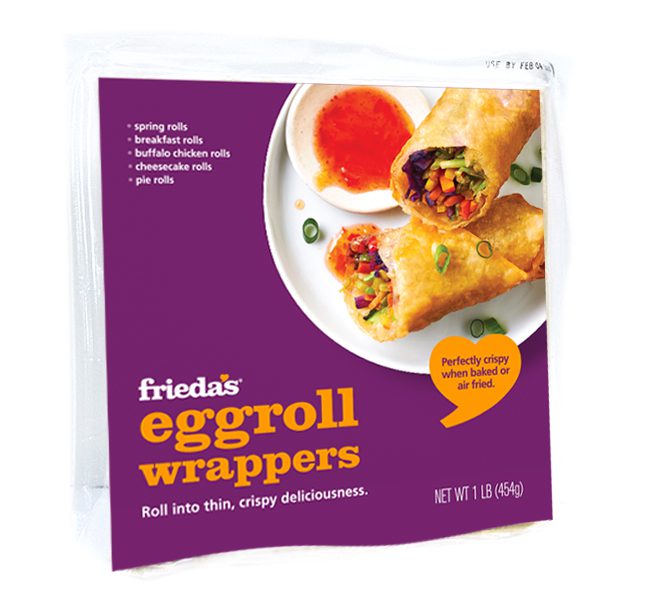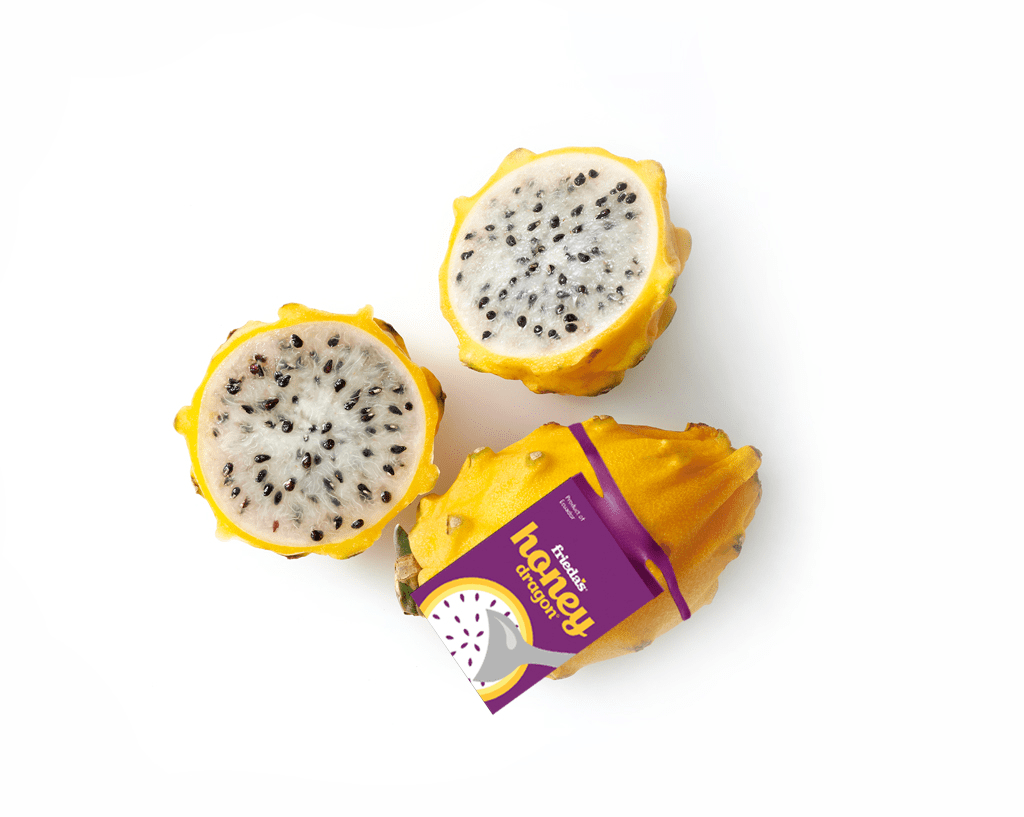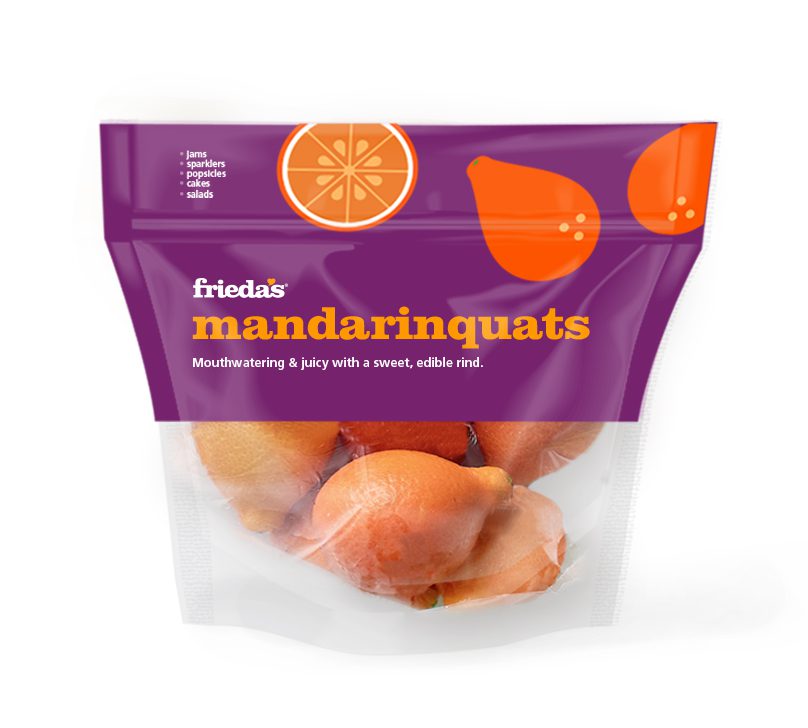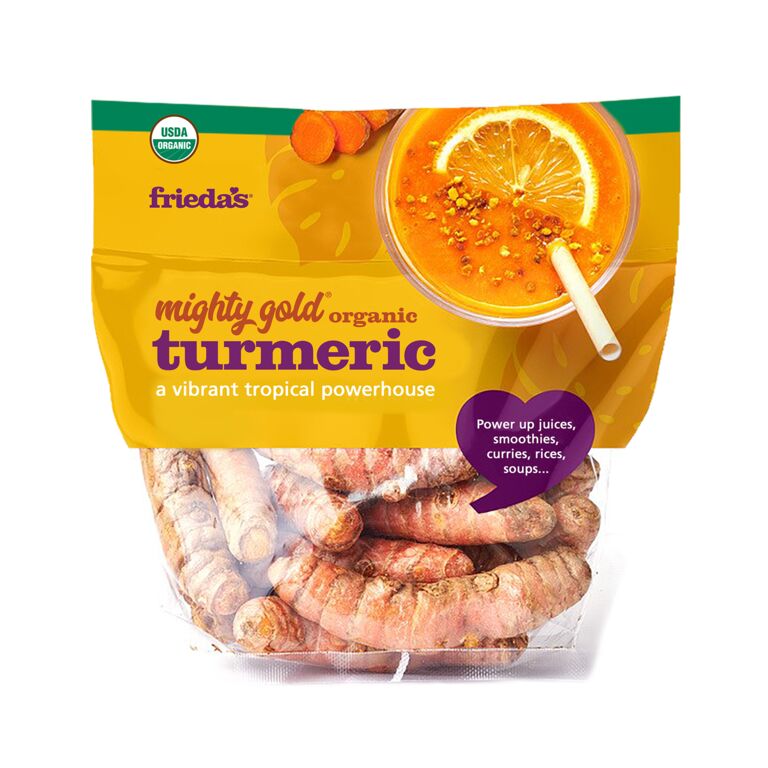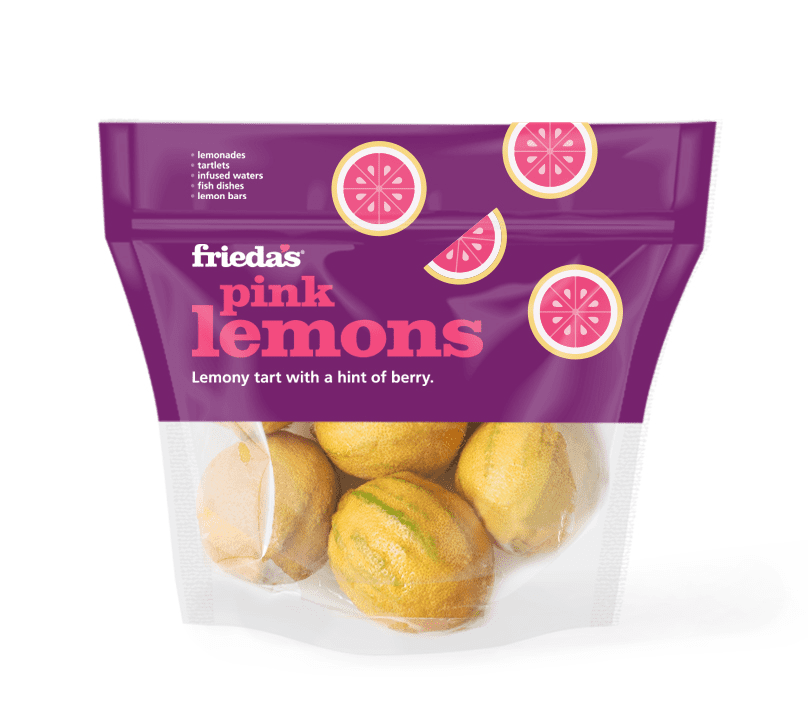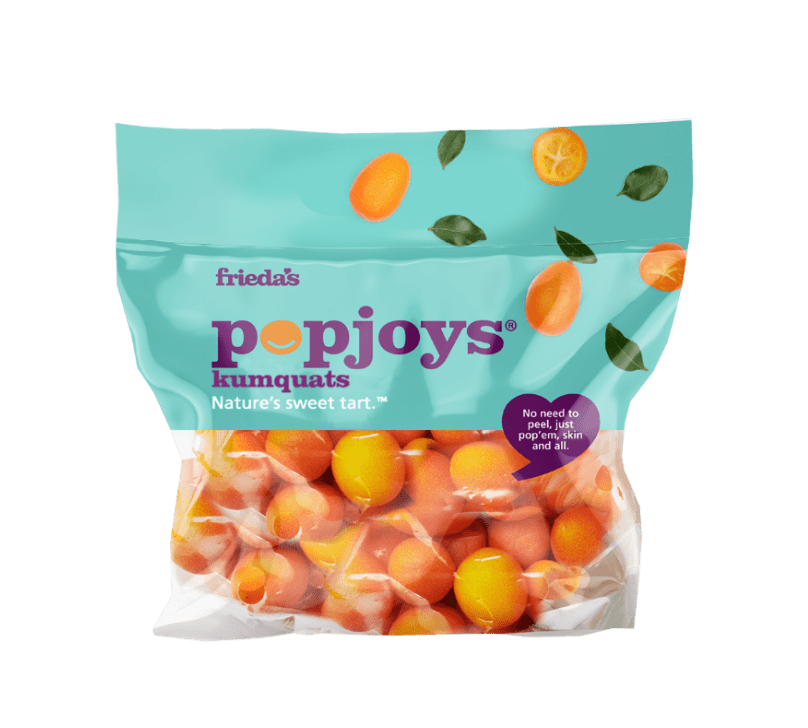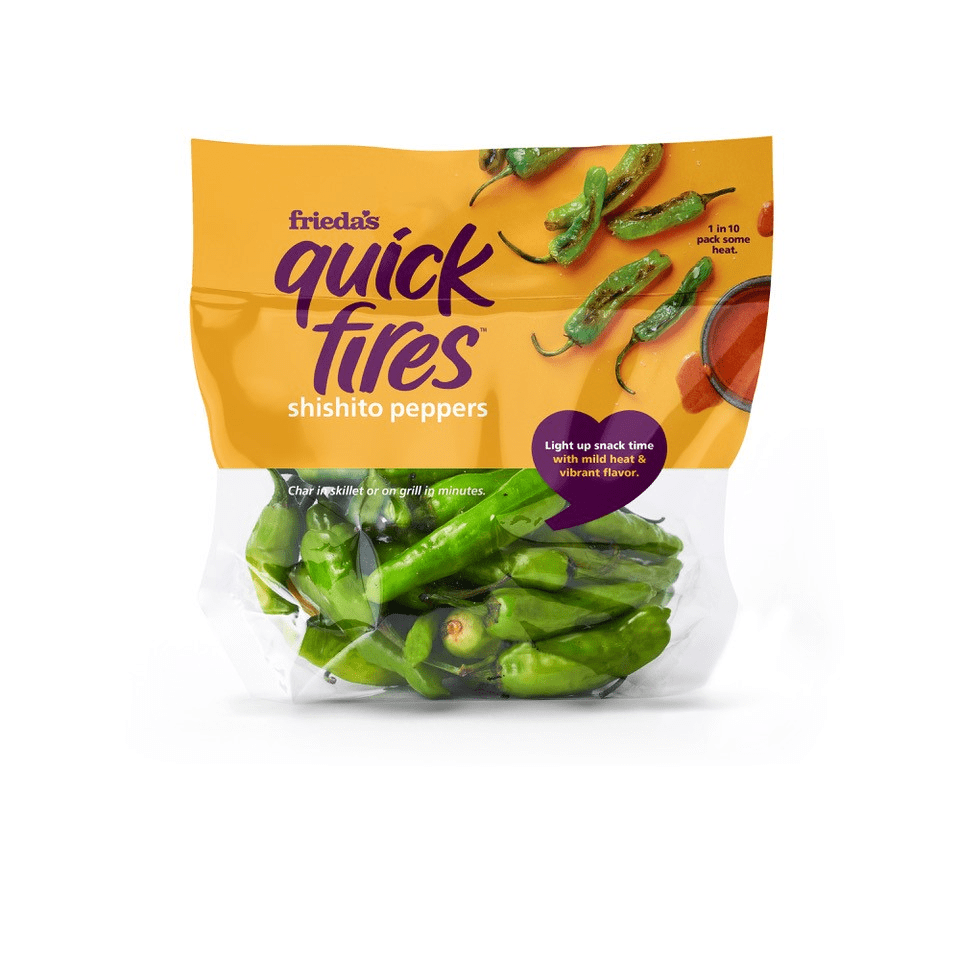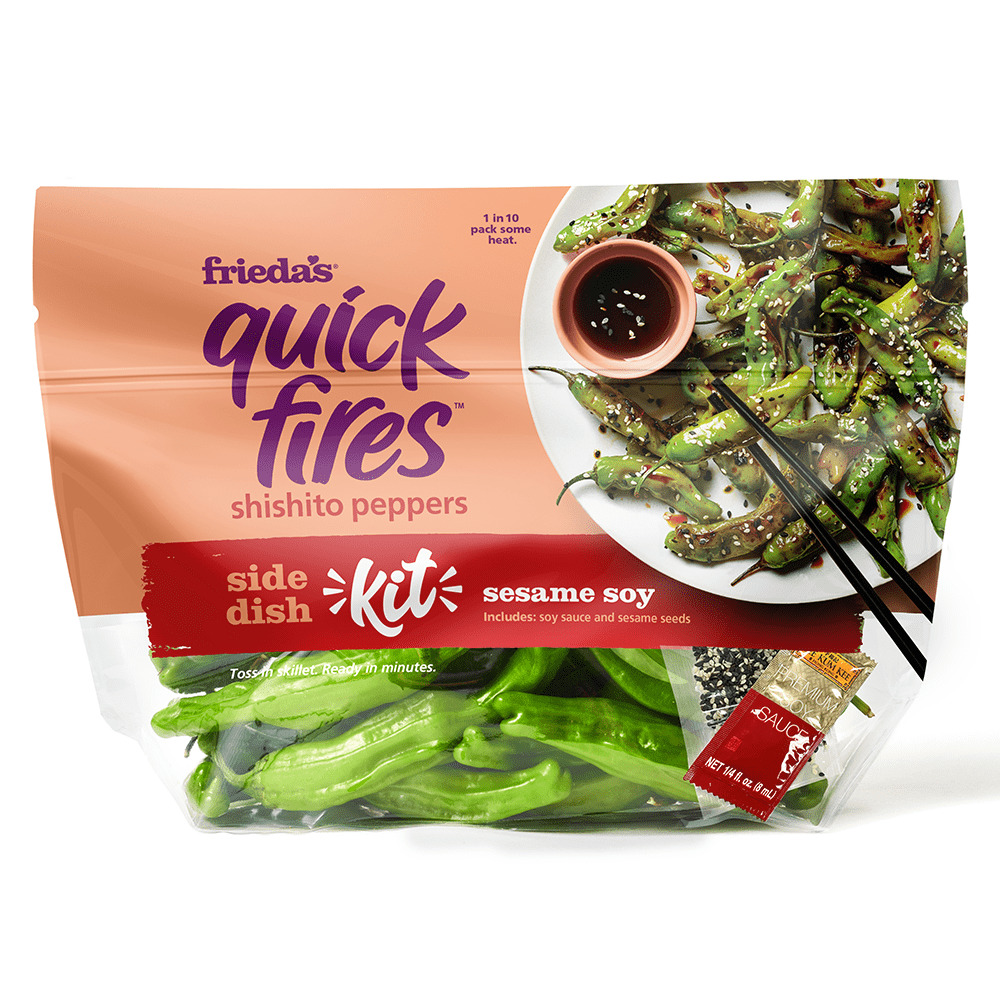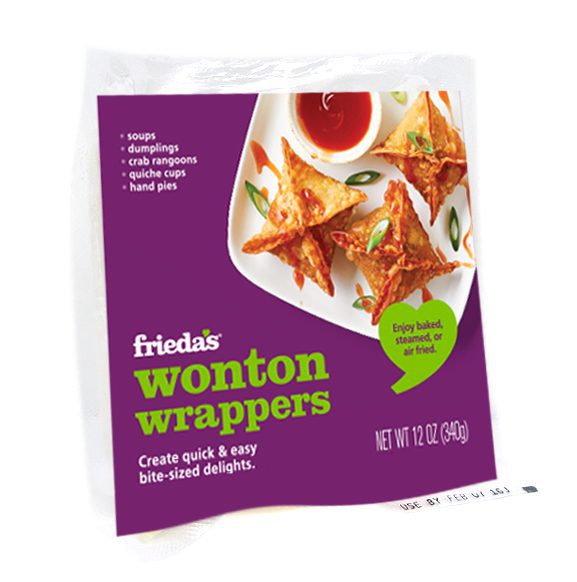OK, I admit it. I am one of those shoppers. When deciding whether or not to buy grapes at my local supermarket, I sneak a sample. I always hope no one is looking when I grab a red or green grape to see if they are sweet or tart. So far, I have not been caught.
We are so lucky that we can now find grapes all year-round in our produce departments. Did you know that here in Southern California, at this time of year (April), our grapes are most likely coming from Chile? Thanks to our amazingly resourceful produce industry, during the course of 12 months, we will have grapes from many countries and growing areas.
In late May, the first table grapes will arrive from Mexico, where many California growers have been farming. (Table grapes refer to those varieties which are eaten by hand, “off the table,” as compared to wine grapes). Then, the grape crop moves to Arizona, followed by Southern California’s Coachella Valley (usually in June). By July, Bakersfield becomes the main grape-growing area. The grape harvesting season next moves to Northern California and to Oregon. In September, wine grapes are harvested, and the wine-making process begins.
There are many regulations and rules as to when it is OK to ship grapes into the USA from Mexico. Most rules surround the term “brix.” Brix is related to the concentration of sugar (dissolved solids) that the fruit contains, and is used as a predictor of sweetness. There is usually a minimum level of brix required before a farmer can ship. Brix is affected by many things: amount of water, variety of grapes, temperature outside, etc. The hotter the weather, the faster the grapes will increase their brix.
Grapes are harvested by hand – and many are “field packed” into grape lugs (boxes), then shipped to nearby cold storage facilities. Millions of boxes of grapes are in storage for much of the year – allowing grapes to be shipped all over the United States and exported all over the world.
In the fall months, when most table grapes are done being harvested, they are put into storage and then shipped to American supermarkets as retailers order them. Usually in January, supermarkets begin importing table grapes from Chile. Years ago, when the first grapes (and peaches, nectarines and plums, for that matter) were imported, many retailers ran advertisements boasting, “ENJOY SUMMER FRUITS all winter long!” It was considered very innovative at that time.
During our Northern Hemisphere winter, the Southern Hemisphere countries (like Chile, Argentina, South Africa, Spain, Italy, and others) are harvesting and shipping their summertime grapes to us. Some grape growers are involved internationally, so they are actually growing grapes all over the world, assuring consumers a year-round crop of fresh, good-tasting grapes.
Now that you know where grapes come from, how can you tell if the bunch you are going to purchase at the supermarket is going to be sweet? I can only tell you my “non-scientific” way.
First of all, if they are “first of the season” from a growing area, I’ve found they are not usually sweet enough for my kids. I usually like to wait a few weeks after the first of the season crop. Second, I always touch the grapes to see if they are firm (crunchy). My kids do not like soft grapes! I also closely inspect each bag or clamshell to make sure there is no mold or discoloration. Take a few extra seconds to feel the grapes and look at them. It’s worth it.
There are so many grape varieties available, so don’t be afraid to try a new one! Usually the new varieties (some with seeds) are the most flavorful. Besides the green and red seedless and seeded varieties, there are now Black Grapes, Champagne Grapes (aka Zante Currants, which come in July), Muscats and Muscatels (originally a wine grape, but now savored by many as table grapes).
Check out this guide to California table grape varieties. And my friends at Sun World International, based in Bakersfield, are doing some amazing things with new grape varieties.
Karen
P.S. Speaking of grapes, please check out Frieda’s Raisins on the Vine — after all, raisins are dried grapes!


